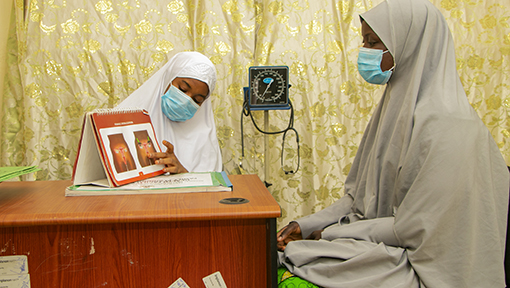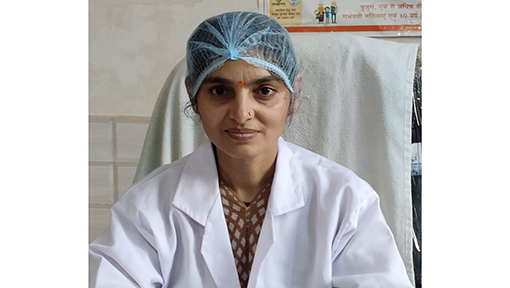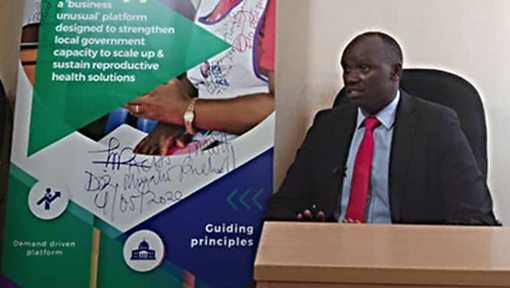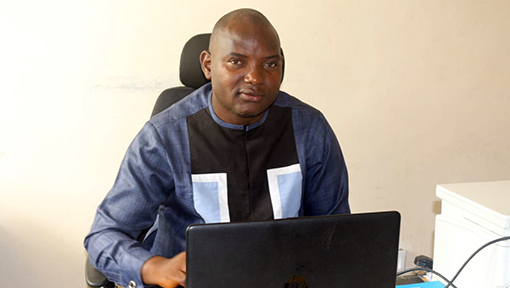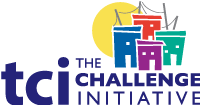TCI Webinar Focuses on Using the RAISE Tool to Assess Progress Towards Self-Reliance and Sustainability
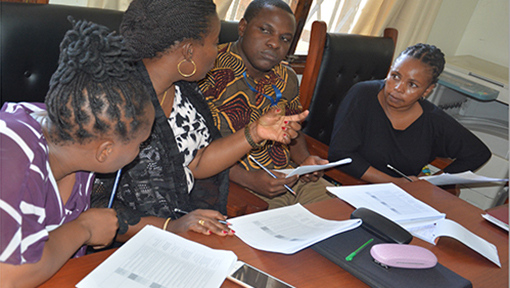 The Challenge Initiative (TCI) plans for sustainability from the very beginning of its engagement with the 111 local governments it supports across 11 countries. TCI goal is to transfer capacity to local government implementers and strengthen health systems so its family planning and adolescent and youth sexual and reproductive health (AYSRH) high-impact interventions will sustain beyond the period of engagement with TCI – typically about three years. Throughout this engagement, TCI coaches within the public health system, creates enduring program management bodies, secures political and financial commitment for implementing its high-impact interventions – and family planning more broadly – and promotes institutionalizing the interventions by embedding them into policy and strategic plans.
The Challenge Initiative (TCI) plans for sustainability from the very beginning of its engagement with the 111 local governments it supports across 11 countries. TCI goal is to transfer capacity to local government implementers and strengthen health systems so its family planning and adolescent and youth sexual and reproductive health (AYSRH) high-impact interventions will sustain beyond the period of engagement with TCI – typically about three years. Throughout this engagement, TCI coaches within the public health system, creates enduring program management bodies, secures political and financial commitment for implementing its high-impact interventions – and family planning more broadly – and promotes institutionalizing the interventions by embedding them into policy and strategic plans.
In 2019, TCI developed the Reflection and Action to Improve Self-reliance and Effectiveness (RAISE) tool to measure local government progress in these areas – or domains – related to sustainability. After two years of using the RAISE tool to assess progress in its supported geographies, TCI held a webinar on Oct. 6 featuring local government staff from four countries – India, Nigeria, Senegal and Tanzania – who shared their experiences and lessons learned.
RAISE uses a standard set of indicators that help local governments to reflect upon their implementation progress across TCI’s four pillars of sustainability: Increased financial and political commitment; capacity strengthening; institutionalization of HIIs; and sustained demand. RAISE promotes organizational learning, fosters best practice sharing and enables local governments to own their improvement plans. The tool is used by local governments with support from TCI, increasing the likelihood that it will be sustained beyond TCI’s investment period. The aim is that as local governments graduate, they will continue to assess themselves using this tool.

Lawrence Cooley, global development scaling expert.
During the webinar, Lawrence Cooley, a leading expert in the field of scaling development outcomes, shared seven reasons why he thinks the way the RAISE tool is used by TCI to make change happen aligns with global best practices for scale-up initiatives.
According to Cooley, RAISE:
- Builds on a notion that evidence-based maturity models are a very good way to look at change and change over time.
- Leaves latitude for adaptations for the local context: RAISE builds on a growing body of knowledge of the importance of integrating global best practices with contextualization.
- Uses near- to real-time data: Trying to collect data over time and in the usual, traditional statistical way is not good enough to keep with the change process that people need.
- Recognizes that the system must iterate: RAISE is conducted quarterly so “every three or six months everyone gets together to reappraise the situation not only in terms of progress but also in terms of changes in the context and set action priorities.”
- Is a facilitated multi-stakeholder process: Government plays a prominent role but is not the sole partner.
- Is a host country-led and -run process. He said “… the leadership of the tool transitioned quickly from the people who developed it (i.e., TCI) to the people who need to permanently lead family planning and AYSRH service delivery (i.e., the host country government and everyone who supports the host country government). If it begins as a project and ends as a project, then it has failed. It has to become a new normal.”
- Allows for the potential ability of the network of TCI-supported municipalities to learn and encourage each other.
Cooley also noted some challenges with RAISE and that the development community must face in its scale and sustainability efforts. These include:
- The number of similar tools available, which can be confusing. “So, it’s important that municipalities/local governments decide, and all agree to use RAISE or whatever tool that they prefer.”
- RAISE has only been in use for two to three years. “Based on my experience, for permanent policy change and changes in practices, it’s a 12–15-year process. So, municipalities need to plan how they will sustain the use of RAISE. And TCI needs to ask itself: What can we do beyond what we’ve done to make this happen?”
- Think about the incentives that local leadership faces for the horizontal leadership and engagement required for the RAISE process.
- Major issues related to sustainability are not solved by skills-building alone. Financial, bureaucratic and political issues play a major role and must be addressed.
- Finally, he said, how do we nurture the network of municipalities to make sure that it is a sustained reality over time?
One key factor for sustainability is whether or not local governments have institutionalized TCI’s high-impact interventions by integrating them into policies as well as local government work plans and budgets. TCI has succeeded in ensuring the sustainability of its interventions in several countries as seen in the chart below. This institutionalization is also one of the key domains measured by the RAISE tool.
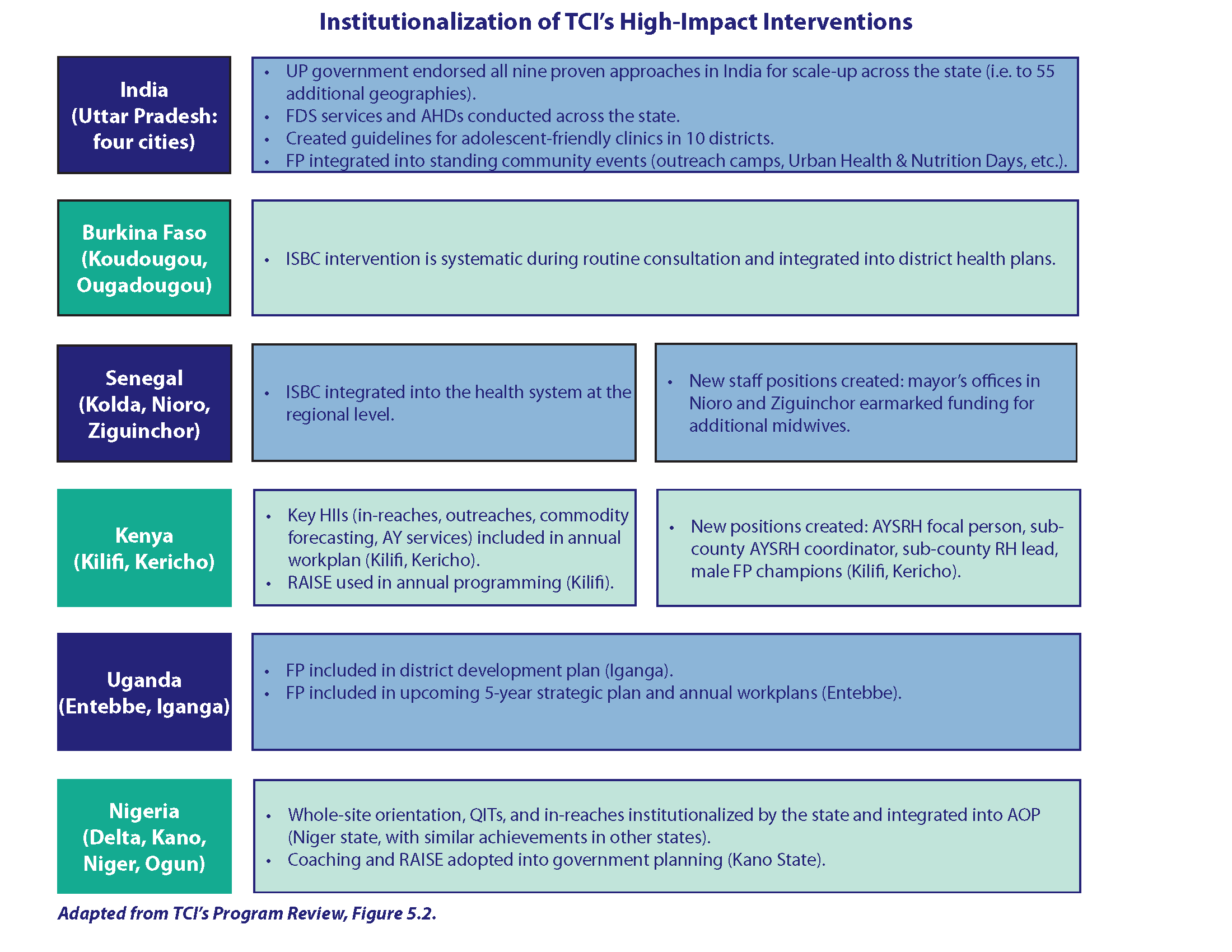
Gwyn Hainsworth of the Bill & Melinda Gates Foundation noted the power of the RAISE tool and methodology: “Going forward, it can serve as a global public good to other donors, partners and governments interested in scale up and sustainability of high-impact interventions.”
Michael Heerde from Bayer AG noted that sustainability was a “fashionable” trend that emerged over the past year. “But how do we know a program in capacity building has become a success? …How do we quantify success in capacity building and systems strengthening investments in terms of lasting changes in structures, behaviors, policies of organizations and administrations?” he asked.
“I believe TCI [has] compiled a wealth of experience on measuring success in capacity building,” Heerde said in reference to TCI’s use of the RAISE tool.
To learn more, check out the full recording (in English and French*) below.
*Due to a technical glitch, the French translation starts a few minutes late.

